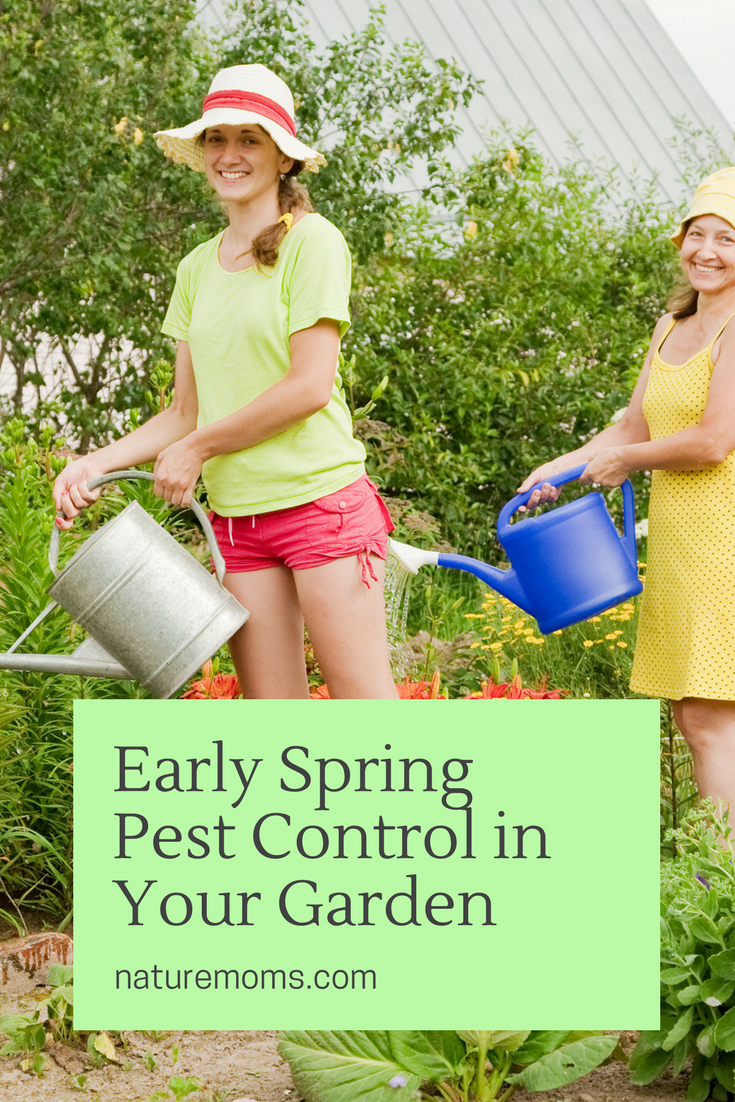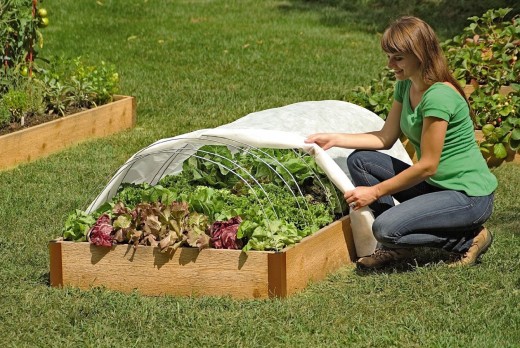 We have been experiencing some crazy up and down weather here in Ohio. It drives me nuts when we have a couple days of 70 degree weather and then bam…winter strikes again and it snows. This makes me so nuts because as a gardener I do want to see my perennial plants bloom, only to see the blooms killed by frost. Grrr.
We have been experiencing some crazy up and down weather here in Ohio. It drives me nuts when we have a couple days of 70 degree weather and then bam…winter strikes again and it snows. This makes me so nuts because as a gardener I do want to see my perennial plants bloom, only to see the blooms killed by frost. Grrr.
When the weather does start to warm though, whether or not it actually is the first days of spring, bugs are not usually what you are thinking about. Yet it should be. Those pesky bugs and garden devouring machines haven’t yet made the forceful appearance they’ll make in the summer, so it’s easy to forget that you should be thinking about them even now. Do not be fooled – they are coming, and it’s a good idea to be prepared for them.
Here are some tips and ideas for early spring pest control in your garden.
1. Cutworms
One of the primary ways these chubby, hairless bugs make their way into the garden is by coming up out of the soil where they spent the winter. They are moths as adults, so these larvae laying dormant in the soil are ready to munch early in spring. To keep cutworms from eating your tender young plants, you can make a protective collar out of recycled plastic yogurt cups or cardboard. Push it about an inch into the soil all around the plant, and make sure it’s about 3 inches high. This acts as a barrier and foils the cutworm.
2. Leaf Miners
The evidence of leaf miners is obvious – thin, curved, winding tunnels going through the leaves. These tunnels contain the tiny white larvae. Leaf miners come up from the soil as flies, and they lay their eggs on leaves. To help deter these critters, make sure your garden is free of weeds and compost debris – leaf miners love certain weeds such as chickweed, and the presence of weeds will attract them.
If you’re early enough in the season, you can cover your plants with specially made covers that will keep the flies from laying their eggs on your plants. I recommend having cloches on hand. You can reuse them again and again and only need to keep the covers in place during the early weeks when the flies are active. Milk jugs with the bottom cut off works great too!
3. Slugs and Snails
Dusting your garden with diatomaceous earth can help deter slugs and snails. They also don’t like bumpy or rough textures as it is difficult for them to crawl on it. Add crushed egg shells or grit used for feeding chickens. Mulch is no good as slugs are attracted to rotten decomposing material. Set out beer traps for slugs even before you have much plant activity.
4. Rotate Your Crops
One of the things that happen when you plant the same things year after year is, word gets around. Pests learn what and where the goodies are, and they line up to munch! Changing crops year to year keeps pests guessing a bit. If you notice any soft patches in the ground you may have an issue with gophers. They may look cute and cuddly but they can be big problem when it comes to your garden.
5. Chickens
If you have ever thought about keeping chickens and it’s allowed in your area, now is the time! Chickens are a great way to control pests in the garden in early spring, when they can join you while you turn the soil and expose the pests. In addition, they help fertilize the soil. You could borrow a neighbor’s chickens if you can’t keep your own. You will need to have a fence later in the year, though, because chickens will also damage your plantings and vegetables.
Taking some measures to control pests in early spring can save a lot of trouble and headache later on.



